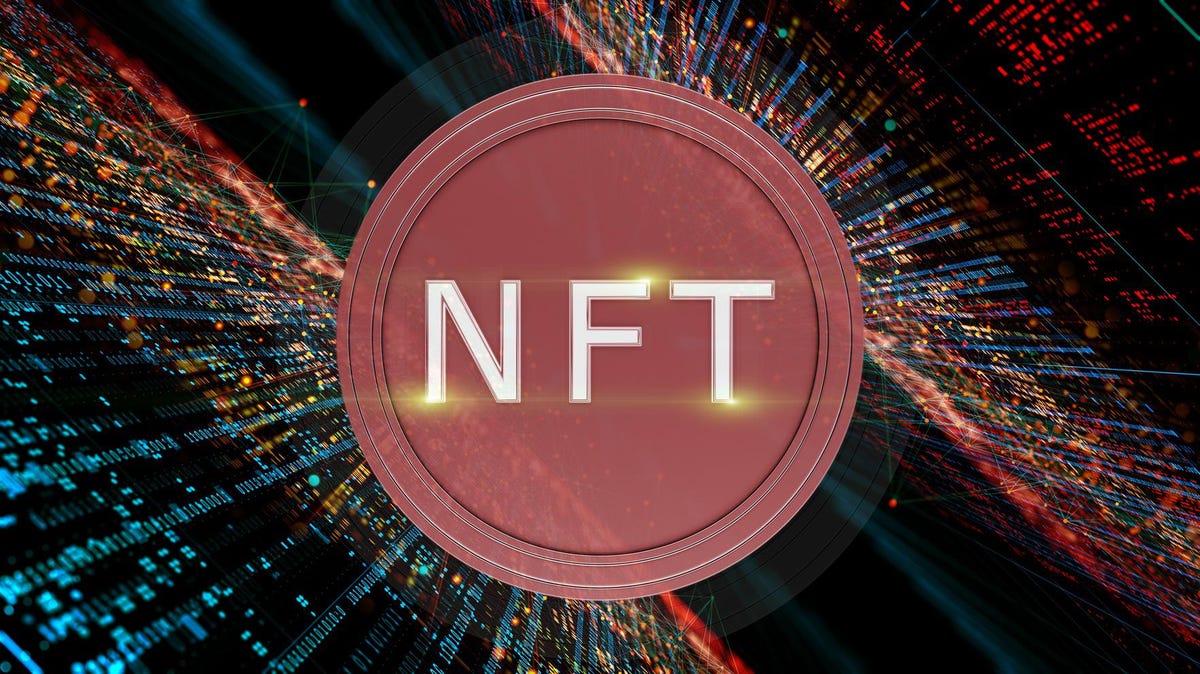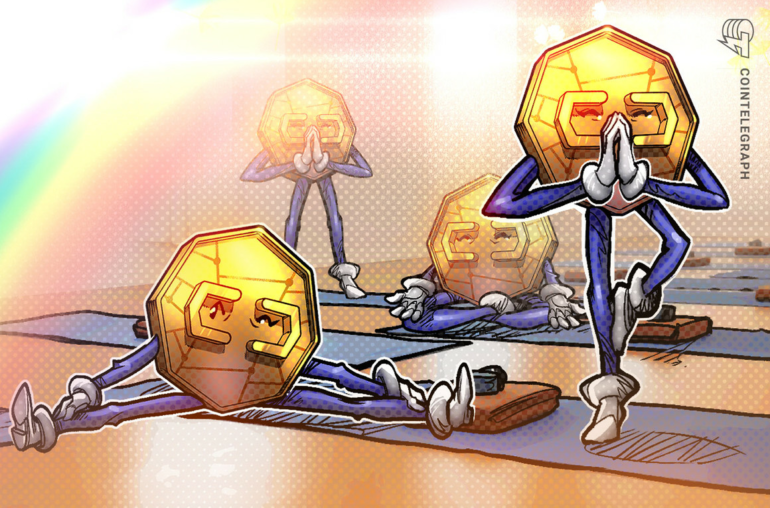The past 18 months have seen the incredible rise and disastrous fall of the NFT industry. In a search relative study, it was revealed that compared to January of 2020, when search interest on Google was at its highest, there is now only 14% of the general interest. Simply put, people don’t care about NFTs anymore, with this technology having faded out into obscurity as quickly as it came.
One only has to look at some of the investments that have been made to see how quickly NFTs have lost their value. A YouTuber, Logan Paul, invested $623,000 in an NFT early in 2022. As of October, that same NFT is now worth $10, having lost all value. To make matters worse, that’s only one of the many NFTs that he invested in, having lost millions of dollars in these bad investments.
To many skeptics, this isn’t surprising. The world of NFTs committed one major error – not having any usability. After the initial hype began to fade, people lost interest. Without an actual use of these virtual assets, there was no reason for them to retain any value. With no usage and no public interest, they simply became useless.
For those that play the art angle, of course, every piece of art does have value. Yet, when you look at the process of creating these NFTs, often using AI art or generative tools, you start to wonder how worthy they are of the title ‘art.’
In this article, we’ll chart the rise of NFTs, point to the reasons for their downfall, and explain how this industry could still have a future if investors play their cards right. Let’s get right into it.
The simple answer to this is that they didn’t. NFTs, without usability or function (nor artistic integrity, for the most part), didn’t ever have value. Yet, people around the globe were spending millions of dollars on them every month. There were over 250,000 monthly users buying and selling NFTs on OpenSea at one point.
Beyond that, billions of dollars were funneled into the endeavor, with some of the most expensive collegians, like Bored Ape Yacht Club, holding over $2.5 billion USD in value at peak times. So, if these digital assets had no real worth, how were they worth so much money?
This all comes back to public perception. NFTs could well have had one of the best PR campaigns we’ve ever seen. With massive artists partnering with huge celebrities to buy their collections, as well as the tirade of news outlets covering this area of blockchain, the world was flooded with information about NFTs.
Back in late 2021 and early 2022, you really couldn’t do anything without running into NFT news. Whether a new collection was sold for millions or a new celebrity had joined the list of buyers, there was always something going on. This level of PR transferred into an immense wave of hype and excitement around NFTs.
Those that understood NFTs wanted one because they believed they would go up in value. Those that didn’t understand NFTs wanted one because of FOMO (fear of missing out), with their favorite celebrities all purchasing one. This wave of buying and public discussion around NFTs created a simple scenario of supply and demand.
As public popularity (or infamy, we could say) increased, there were more people looking to buy these NFT assets. As they’re non-duplicable, each asset was singular, individual, and sought after. The more interest in each NFT there was, the higher prices went. This was seemingly going to continue until people began to lose interest.
After a few months of non-stop NFT news, there was a sudden downturn. In late January of 2022, Google began to pick up much less traffic for people searching for NFTs. As public interest faded, the relative demand for each NFT also decreased, leading to the prices beginning to fall.
It’s safe to say the skeptics that stayed away won the battle this round.
NFTs have had a rocky journey up to this point. Coming off their bullrun has not been easy, with investors around the world losing billions of dollars in total value. Despite their history, the technology behind NFTs does actually still have its place. While the NFT hype cycled around digital art, which is inaccessible, there are other usages that hold much more merit.
One community that’s seen incredible use out of NFTs, not falling into the trap of massive price fluctuations, is the Play2Earn community. The world of blockchain gaming has been enriched by NFTs, with online platforms using NFTs to award their community with different assets. For example, online games can give users ownership over certain items, which they can then rent out or choose to sell.
The reason that NFT gaming has seen such success is that the game places focus on the importance of every NFT they create. Instead of simply creating an NFT for the sake of selling it, they incorporate these items into their games. As they’re digital assets within digital worlds, the NFTs become an active part of the game itself.
Gaming companies manage to overcome the biggest problem with NFTs – their lack of usability – by incorporating them into the gaming systems that customers are already interested in. Now, users can play an online game and earn items or currency that have real-world value. This value doesn’t come from just having an NFT, but because the NFT has value in-game as an item or asset that improves the player experience.
This is one area where NFT technology is radically improving an industry. With ownership at its core, the introduction of NFTs ensures that absolutely everyone can have a part of the game’s success. Not only does this improve the experience of players, but it allows them to align the game’s success with their own financial gain.
If a user plays a game a lot, they’ll be able to unlock more NFTs. They can either then use those NFTs to have more fun in the game or sell them to other players for fiat currency. This is a win-win situation created by NFTs.
The technology that NFTs bring to the world doesn’t stop short in gaming, there is a range of industries where they come in handy. The key factor that users cannot overlook is that to be successful, NFTs need a central function and usability at their core.
Beyond gaming, NFTs that are given a purpose have a lot of worth in the real world. One only needs to look at NFT tickets to see their value. An industry like ticket hunting and selling could benefit enormously from digital assets. Being able to trade 1-1 for fixed prices allows users to avoid scams in this field.
Equally, by converting online tickets into NFTs, stadiums, and bands will create permanent assets that mark attendance to shows. Users could sell these tickets in the future, creating auctions around special shows that fans want to hold a ticket for. As it’s impossible to duplicate an NFT, being admitted to a stadium would also be a much simpler process, as everyone that has a ticket is the real owner of that digital asset.
Again, these examples only work because there’s a level of utility to the service. Beyond just a digital asset, the employment of a real-world function or purpose brings meaning – and value – to the NFT.
A great example of this in action is the very recent State of Art Exhibition in Paris, Presented by Tezos. Alongside a range of auction art events, the spotlight of the new art festival was a ground-breaking intersection between art and technology. Tezos, an energy-efficient blockchain, attempted to reimagine the digital canvas for artists.
Tezos allowed artists to mint their artwork live at the festival, creating unique artwork seemingly out of thin air. By rendering pieces from the artist’s code, the artwork was then minted as an NFT and allocated to the user’s digital wallet.
This event ties NFTs to reality is an ingenious way. Beyond just getting an NFT, users are able to live through an authentic art experience, their moment of creation being minted and permanently captured in the form of an NFT.
Live creation of art demonstrates the power of NFTs to further enrich a chosen field. As with gaming, the introduction and popularization of NFTs can aid the field itself to offer more to customers. In this real-world art exhibition example, artists were able to truly bring their art to life, providing a further experience for audiences.
If the past year has made anything in the world of NFTs clear, it’s that without functionality, they’re worthless. No matter how interesting or beautiful an NFT is, its value is only related to how much an audience is willing to pay. When popularity dies, only usability is left. Without a clear function of an NFT, and without any viewers wanting to buy it, it loses all value.
By finding that core motive that makes NFTs have a real-world purpose, they can still become a useful technology. As we’ve seen in the world of blockchain gaming and are starting to see it in the exhibition art field. NFTs that have a real-world impact or purpose still retain their popularity.
The intersection between real-world usability and NFT’s central technology can be a pertinent combination, but only when done right.
NewsBTC is a cryptocurrency news service that covers bitcoin news today, technical analysis & forecasts for bitcoin price and other altcoins. Here at NewsBTC, we are dedicated to enlightening everyone about bitcoin and other cryptocurrencies.
We cover BTC news related to bitcoin exchanges, bitcoin mining and price forecasts for various cryptocurrencies.
Crypto Prices from Nomics
© 2022 NewsBTC. All Rights Reserved.
© 2022 NewsBTC. All Rights Reserved.


